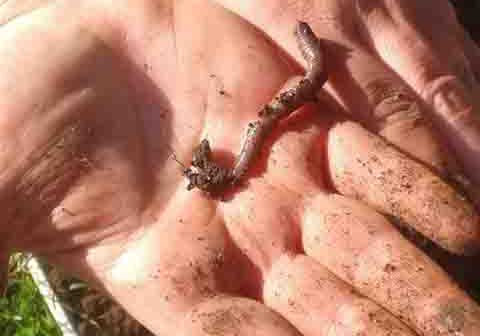With thanks to Nick Mills for his advice and guidance following his earthworm survey at Skylarks, Barry Cunnison and Bill Logan have conducted two earthworm surveys in the wood this year.
As this article indicates, subject to various caveats within the paper, there has been a marked decline in earthworm populations over recent decades, this having the potential to cause an ecological imbalance, for example impacting populations of birds such as Song Thrush and Mistle Thrush (which fortunately we still have at Sharphill). Moreover, it finds that declines are particularly high in broad-leaved woodland, although this applies mostly in the south of the country and might be due to climate change. Another possible cause might be industrial / agricultural run-off, although this is hardly like to affect much of Sharphill Wood.
The latest survey at 10:00am on Monday 23/10/23 for 2.5 hours was conducted in dry, sunny conditions in c12 o following a foggy morning. There had been intense rain on Friday 20/10/23 leading to run-off to Peveril Drive. Despite this, the soil moisture in all survey locations was no more than moist.
A previous survey had been carried out on 27 April 2023. We chose approximately the same locations as in April to make comparisons and the results are attached with thanks to Carl Lewis of IFS for the bar chart. The samples are taken by cutting a 15 x 15cm square. According to the Natural Museum guidance to calculate the average over a square meter the results can be multiplied by 4. The totals for both surveys were 31, so are 124 per square meter, which is well below the average of 200 per sqm.
The results haven’t been recorded elsewhere as we are approaching this exercise from a low starting point at a worm’s pace, but we hope to improve with more experience.



